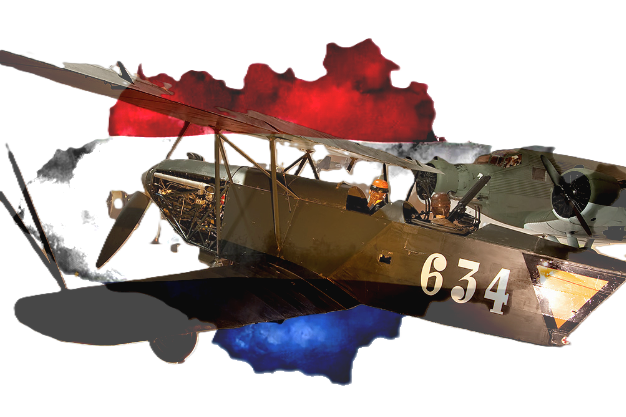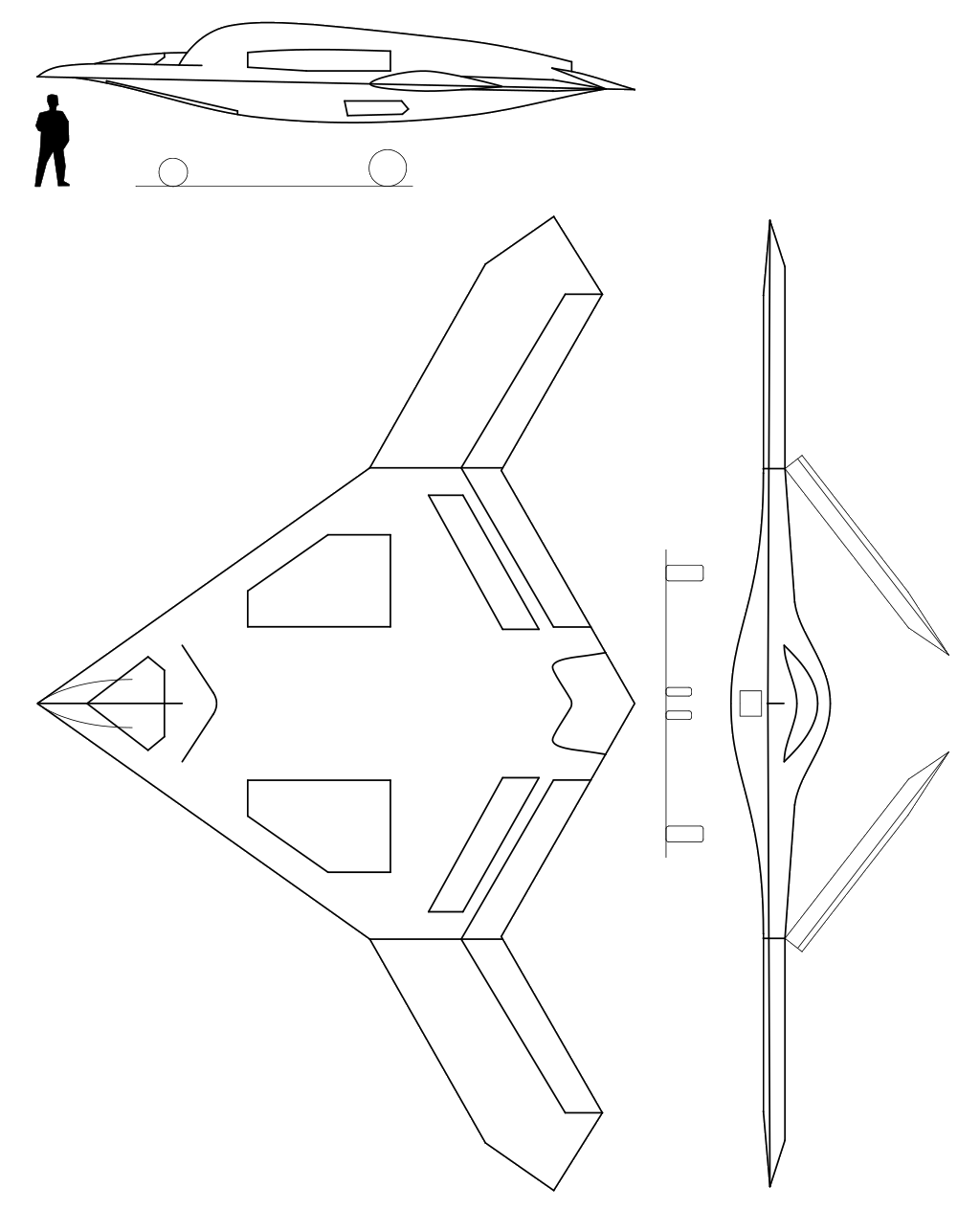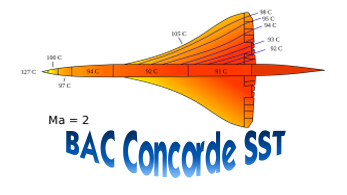De Havilland Aircraft
DHC-2 Beaver
 |
|
| General information | |
|---|---|
| Type | STOL utility transport |
| National origin | Canada |
| Manufacturer | de Havilland Canada |
| Status | Production completed |
| Primary users | regional and remote air carriersUnited States Army Civil Air Patrol |
| Number built | 1,657[1] |
| History | |
| Manufactured | 1947–1967 |
| Introduction date | 1948 |
| First flight | 16 August 1947[1] |
| Developed into | de Havilland Canada DHC-3 Otter |
.
History De Havilland Aircraft of Canada Limited (DHC)
DHC-2 Beaver
Manufactured 1947–1967

The de Havilland Canada DHC-2 Beaver is a single-engined high-wing propeller-driven short takeoff and landing (STOL) aircraft developed and manufactured by de Havilland Canada. It has been primarily operated as a bush plane and has been used for a wide variety of utility roles, such as cargo and passenger hauling, aerial application (crop dusting and aerial topdressing), and civil aviation duties.
Shortly after the end of the Second World War, de Havilland Canada decided to orient itself towards civilian operators. Based on feedback from pilots, the company decided that the envisioned aircraft should have excellent STOL performance, all-metal construction, and accommodate many features sought by the operators of bush planes. On 16 August 1947, the maiden flight of the aircraft, which had received the designation DHC-2 Beaver, took place. In April 1948, the first production aircraft was delivered to the Ontario Department of Lands and Forests. A Royal New Zealand Air Force (RNZAF) Beaver played a supporting role in Sir Edmund Hillary's famous 1958 Commonwealth Trans-Antarctic Expedition to the South Pole.
Development
Origins
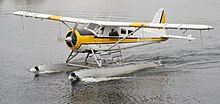


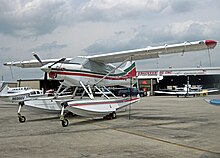
Following the end of the Second World War, de Havilland Canada's management team, recognising that there would be a corresponding downturn in military orders in the immediate post-war climate, decided to focus the company's energies upon finding work within the civilian sector. The company had recently hired Punch Dickins as Director of Sales; Dickins carried out an extensive market research program in the form of requesting and collecting feedback from other pilots, to understand what they needed in a new aircraft. It was on the basis of this information from the prospective operators themselves, as opposed to aerodynamic research or fiscal data, that the future aircraft has its origins
Design

The de Havilland Canada DHC-2 Beaver is a single-engined high-wing propeller-driven STOL aircraft, principally operated as a bush plane and other utility roles, such as cargo and passenger hauling, aerial application (crop dusting and aerial topdressing), and general civil aviation purposes; aviation publication Plane & Pilot described the type as being "arguably the best bush plane ever built".[6] The Beaver was designed to operate in all seasons and the majority of weather conditions; a large proportion were also equipped with floats for buoyancy in water; it reportedly possesses favourable performance characteristics for a floatplane. As a result of its favourable characteristics as a hard working and productive aircraft, the Beaver has had a lengthy service life and many examples have been remanufactured or have otherwise received life extension modifications
0
KmCeiling
0
KmCombat RANGE
0
Km/hAircraft Speed
0
Max Crew
Photo Gallery
De Havilland Aircraft of Canada Limited (DHC)
DHC-2 Beaver
Manufactured 1947–1967


De Havilland Aircraft of Canada Limited (DHC)
DHC-2 Beaver Manufactured 1947–1967
Performance
-
High speed cruise 289 kn (535 km/h; 333 mph)
-100: 270 kn (500 km/h; 310 mph)Ceiling 25,000 ft (7,620 m) Range 1,125 nmi (2,084 km; 1,295 mi)
-100: 1,020 nmi (1,889 km; 1,174 mi)
Related development
.
Links to Youtube & Others
In 1986, Boeing bought the company in a bid to improve production at DHC's Downsview Airport plants, as well as better position itself to compete for a new Air Canada order for large intercontinental airliners.
Bombardier Challenger 600 series business jets
Bombardier aimed to produce the Q400 more economically. A deal with its machinists union in June 2017
Youtube Link
The Dash 8 is a turboprop airliner designed by De Havilland Canada. It shares engines and avionics with many other airplane types.











